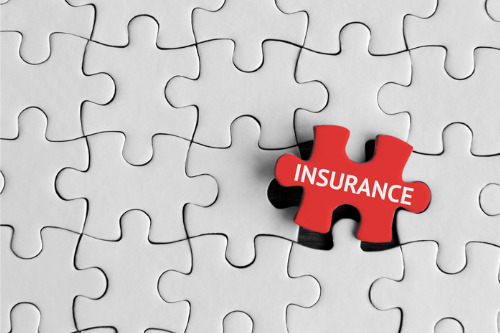

Insurance premiums across the home, motor, and health sectors have skyrocketed since the COVID-19 pandemic hit Australia in 2020. However, one in two insurance consumers neither switched nor considered switching providers, according to market research company DBM Consultants (DBM).
The DBM “consumer lifecycle” study looked at the impacts of the pandemic on consumer lifecycles, attitudes, expectations, and behaviours across the services sector – specifically for home, motor, and health insurance.
According to the study, it typically takes a bill to jump in price by 25% to 50% to compel consumers into action – with switching consideration likely to be the highest in the health insurance sector.
In 2020, the dramatic increase in working from home – likely to be maintained to some extent through 2021 – has changed the way consumers interact with their service providers, DBM said.
“At the time the study was conducted, 46% of consumers were working from home to some extent, with 16% doing so more now than they did before,” DBM said in the report.
“Across the board, consumers were likely to have seen an increase in their bills and premiums during COVID-19, with the greatest impact seen in health insurance, which saw a 34% spike, followed by home insurance (15%) and motor insurance (8%).”
Health insurers were the most likely to have offered COVID-19 assistance. By contrast, home insurers were the least likely to offer bill support during the pandemic, the report found.
The report also revealed that the average provider tenure for home, motor, and health insurance is six, five, and seven years, respectively – with the main reason for switching being seeking a better deal. Health insurance is the only sector where the value for money outranks outright price, indicating that inclusions are vital to consumers when selecting health insurance.
Household members tended to primarily use the same insurance provider, claiming that consistency will result in the best price – with the majority of the respondents stating that they have their home and motor insurance with the same insurer. Bundled pricing (46%) is the most common reason for combining. Meanwhile, those who chose different providers tend to do so because they are looking for the best individual deals (44%).
“Factors driving customer switching are price, value for money, and product or service reliability and quality,” said DBM executive director Tony Williams. “However, trust also plays a key role in driving loyalty to insurance providers.”
The respondents were careful to choose a brand they trust for insurance, particularly health and home insurance. However, they considered trust less important for motor insurance, suggesting that consumers will consider a broader range of providers for this type of insurance.
Home (42%) and motor insurance (43%) are most likely to be reviewed at renewal time. Meanwhile, health insurance is currently more likely to be reviewed at any time (32%), likely driven by a lack of a “renewal” point in health insurance policies.
“Consumers are more likely to consider looking around for insurance, rather than for utilities or telecommunications, likely due to less perceived risk of service interruption or fees related to breaking a contract,” Williams said.
